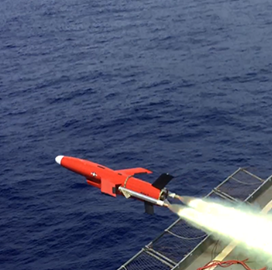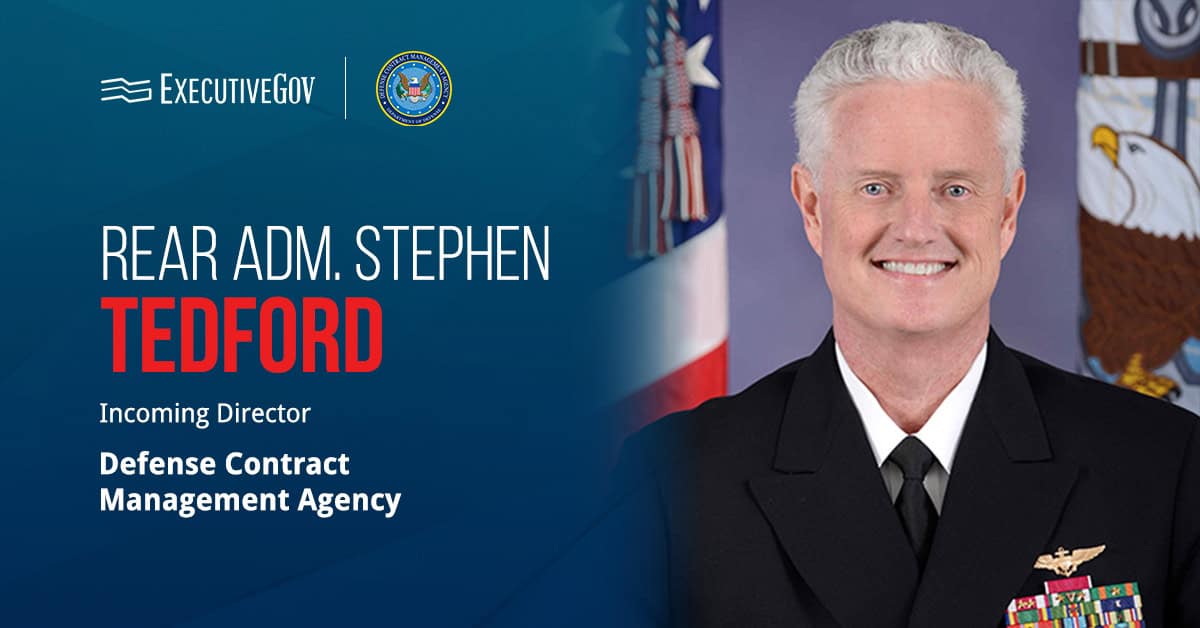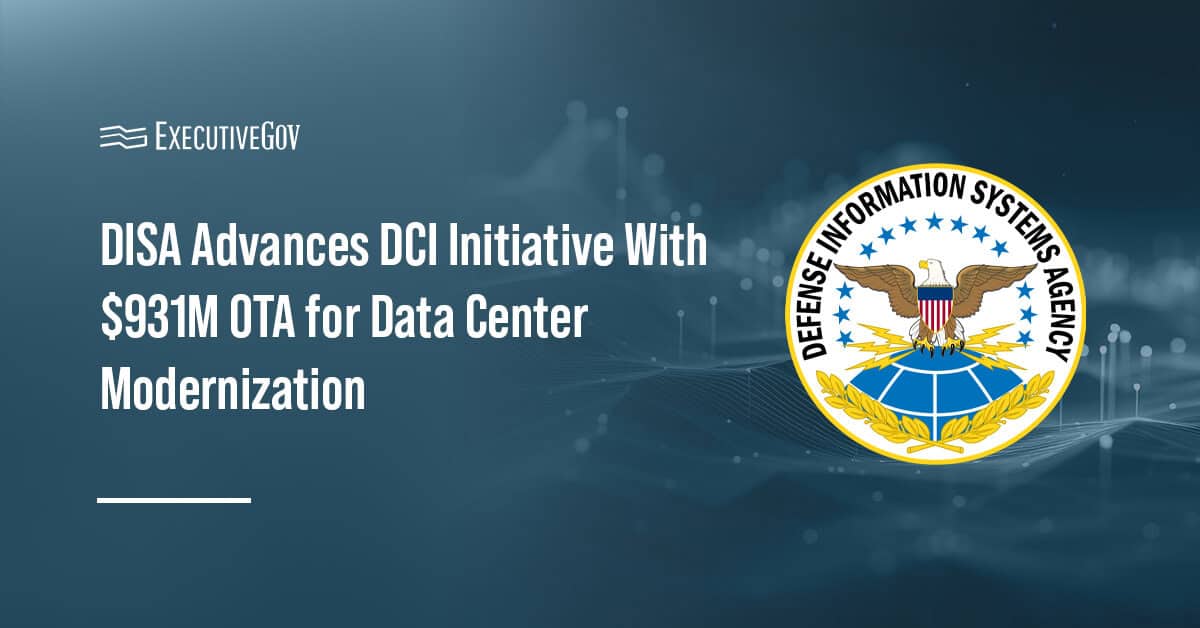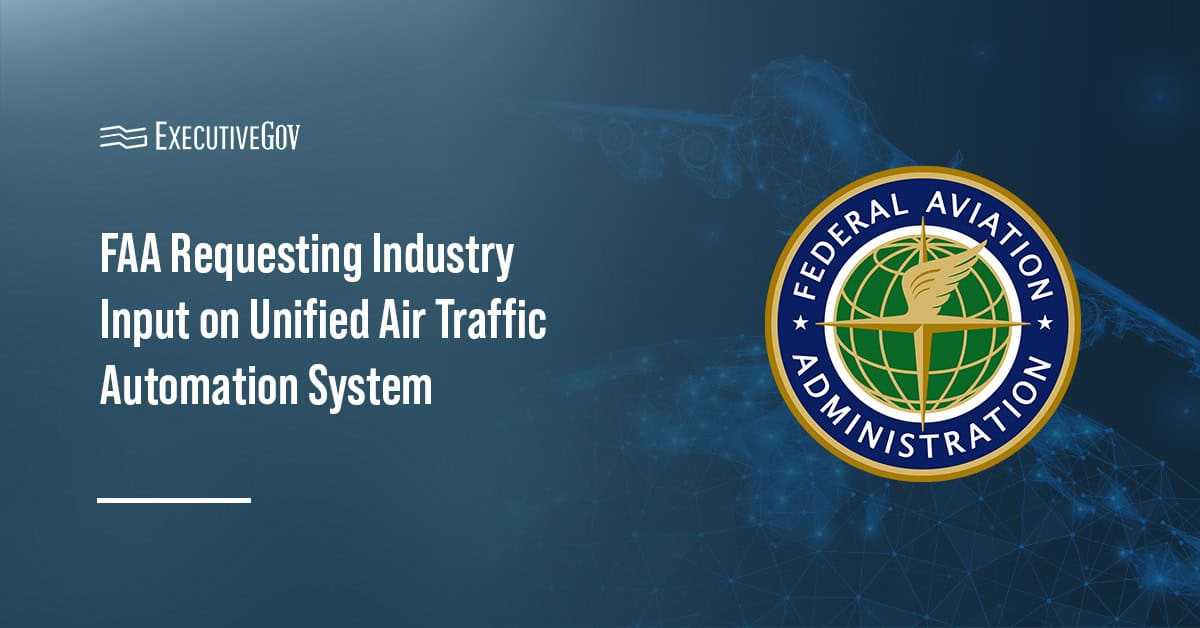The U.S. Navy tested a new subsonic aerial target last month with the USS Barry destroyer at the Japan-based Pacific Missile Range Facility, Detachment-Far East.
The BQM-177A target underwent back-to-back test flights from Sept. 9th to 10th as the Navy seeks to achieve the technology's full operational capability this year, Naval Air Systems Command said Monday. Kratos Defense and Security Solutions produced the target.
BQM-177 is designed to simulate anti-ship cruise missiles flying at subsonic speeds from land, air, surface or underwater locations.
“We learned a lot from these events and to scale this capability in the future to other surface ships we now know how to move forward,” said Don Blottenberger, program manager of the Navy's aerial target program office known as PMA-208.





